10 ways Apple changed the world
From Macs and iPhones to apps and iPads
5. GUI
"A radical change in how users work with computers"
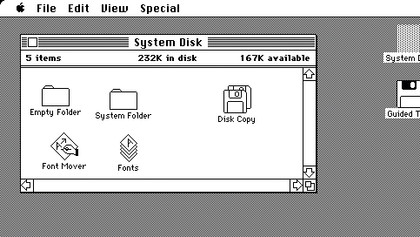
The graphical user interface, or GUI for short, was a huge leap forward: instead of trying to remember commands and their syntax, you could control your computer by pointing, clicking and moving things around with a mouse. Apple didn't invent the idea - some of its GUI was based on a system by Xerox PARC, who invested in Apple - but it was the first company to ship a commercial GUI-based computer, the 1983 Apple Lisa.
However, Apple's GUI was refined for the Macintosh; the first popular computer with a GUI. Its MacPaint software brought digital art to ordinary computer users, and its GUI enabled the creation of programs such as PageMaker and Photoshop, apps that would go on to transform publishing.
6. iPad
"A truly magical and revolutionary product"
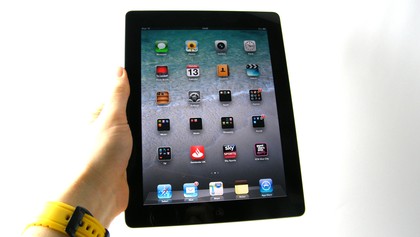
It's impossible to overstate how important the iPad was, and is. Before the iPad, if you wanted to do something on a computer you needed to learn how to use the computer first. With the iPad, you just do what you want to do. Play piano? The iPad's a piano. Write a letter? It's a typewriter. Read a book? It's a book. Fire exploding birds? It's a catapult.
The iPad created a new category of computer, which has been bad news for Intel and Microsoft. Analysts agree that sales of tablets will outnumber sales of laptops within one or two years. Apple could remain the biggest single manufacturer of tablet computers, meaning people are buying devices running ARM/Apple processors and Apple's OS, not Intel chips and Windows. The whole personal computing landscape is gradually changing.
7. Stevenotes
"...and there's one more thing"
Get daily insight, inspiration and deals in your inbox
Sign up for breaking news, reviews, opinion, top tech deals, and more.
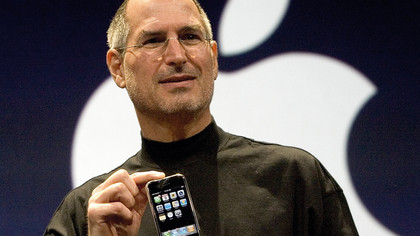
Steve Jobs' keynote speeches were legendary, and they've been widely imitated - with good reason, because Jobs was an extraordinary and disciplined showman. He focused on the details, refining and simplifying and using positive language, real-world scenarios, humour and passion to get the message across - and then he'd rehearse until the whole thing was effortless. Whenever you see a CEO deliver a three-act presentation with numbers at the beginning, a simple, positive message, then a big reveal at the end, you're watching someone who's watched Jobs.
For the launch of the original MacBook Air, other presenters would have stuck a spec sheet on a slide, showing its dimensions. Steve Jobs put the Air in an envelope and showed that instead.
8. The App Store
"We're going to put it on every single iPhone"
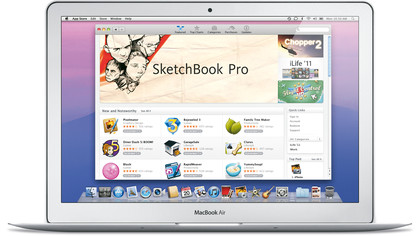
The iPhone launched without apps, but that decision was quickly reversed. Tim Cook says that "the average customer is now using over 100 apps. It's phenomenal." iOS and its App Store is the same closed-ecosystem model as the iPod and iTunes one, and, like that ecosystem, the App Store has been copied by everyone else.
Apple's approvals process can sometimes seem a bit heavy-handed, but that policy has kept malware and scams away.
The combination of safe apps and low prices encourages people to buy more software, and Apple's helped drive that by pricing its own apps at exceptionally low prices. £2.99 for Garageband is the software bargain of the century, and it's a direct link with the Apple-1's bundling of Apple Basic. As the ads put it back in the 1970s, "our philosophy is to provide software for our machines free or at minimal cost".
Apple has also now brought the model to OS X.
9. AirPort
"It's a liberating experience"
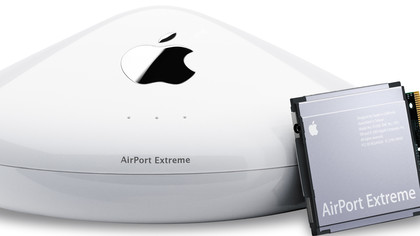
One of our favourite Steve Jobs moments was when he showed off the new iBook at MacWorld Expo in 1999. He started web browsing, picked up the computer, took it for a walk and then passed it through a hula hoop.
The audience cheered, yet wondered what kind of witchcraft they were seeing. The internet? Without wires? Apple didn't invent Wi-Fi, but it worked with Lucent to give the nascent IEEE 802.11b Direct Sequence WLAN technology a new name. The result was AirPort and the innovative AirPort Wireless Base Station. Before AirPort, wireless networking was too expensive for the home. Now you could do it for $299 - and because it was Apple, it just worked.
10. iOS 6
"Maps take a whole new turn"
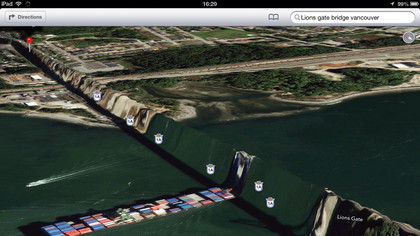
iOS 6's Maps app changed the world, but not in the way Apple expected: Apple's replacement for Google Maps came with a lovely interface, turn-by-turn navigation - and maps of a strange, not-quite-Earth planet where familiar landmarks morphed into sinister, surreal shapes, long-dead retailers (Our Price) sprang back into existence, half of Cambridge vanished and Leeds was just a confusing mess (which is fair enough, really).
Maps' errors made it a laughing stock. The mess was satirised by Mad Magazine, which revisited an iconic New Yorker cover and claimed to use Apple Maps data: in its version, New York's 9th Avenue joined the Champs-Élysées, just down the road from the Sea of Galilee, Kuala Lumpur and Chad. One wag on the London Underground wrote on a poster: "For the benefit of passengers using Apple iOS 6, local area maps are available from the booking office."
Writer, broadcaster, musician and kitchen gadget obsessive Carrie Marshall has been writing about tech since 1998, contributing sage advice and odd opinions to all kinds of magazines and websites as well as writing more than a dozen books. Her memoir, Carrie Kills A Man, is on sale now and her next book, about pop music, is out in 2025. She is the singer in Glaswegian rock band Unquiet Mind.
